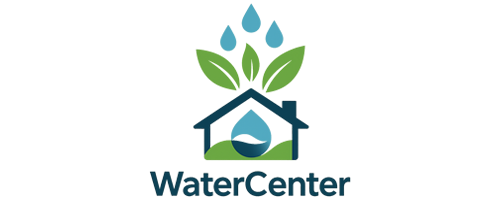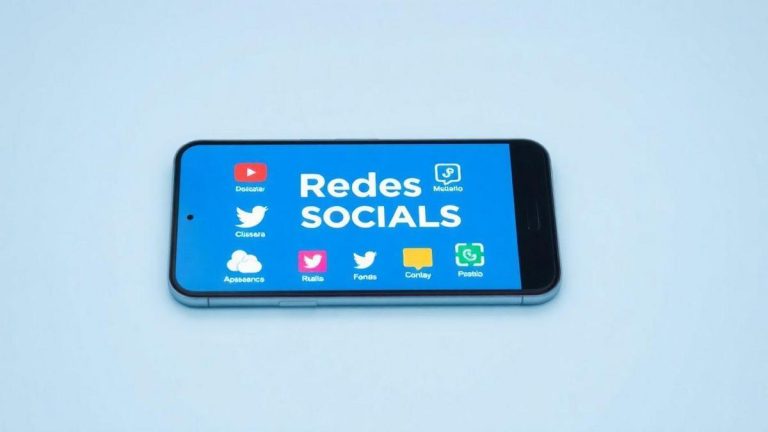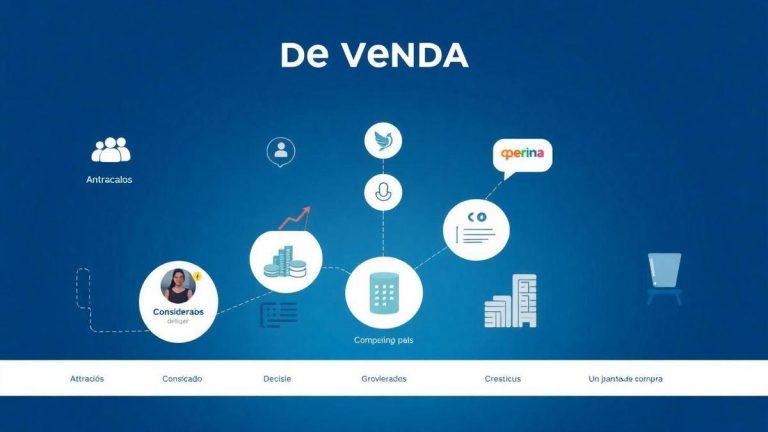How to Create an Effective Editorial Calendar for Your Blog and Social Media
How to Create an Effective Editorial Calendar for Your Blog and Social Media That's the question I asked myself when I realized my life was becoming chaos! Between delayed posts and ideas that disappeared faster than cookies at a party, I knew something had to change. Today, I'll share my blunders and, of course, the tips that helped me not only organize my content but also save my day from several creative crises. So, if you want to avoid my disastrous scavenger hunts and become a planning maestro, join me on this journey!
The Importance of an Editorial Calendar for My Blog
Why Do I Need Content Planning?
Ah, content planning! That moment when you sit down, have a coffee, and try to remember what you were thinking the last time inspiration struck. I learned the hard way that have a plan It's like having a map on a journey. Without it, you might end up in a very different place than you imagined. And, believe me, I've gotten lost in many crazy ideas!
Good planning helps me organize my ideas and not to leave everything to the last minute, when the pressure is so great that I could write a horror book. Plus, with an editorial calendar, I can view what I'll post and when. This means I won't end up posting about programming on the day everyone is talking about the new Netflix series.
Benefits of Creating a Blog Calendar
Let's talk about the benefits. Here are a few that I really appreciate:
| Benefit | Description |
|---|---|
| Consistency | Helps maintain a regular flow of posts. |
| Organization | All the ideas are in one place, like a tidy closet. |
| Less stress | You know what's coming next, so you don't have to rush to write something at the last minute. |
| Better engagement | Regular posts attract more readers. |
With a calendar, I can plan posts about programming tips, new tools, and even some funny stories from my daily life. This helps me build a relationship with my readers, who already know what to expect from me. And, of course, I can to play a little with the themes, like when I decided to make a post about “The 5 Funniest Mistakes I Made Learning to Program”.
How an Editorial Calendar Can Save My Day
Let me tell you a story. One time, I left everything to the last minute and decided to post something. The result? A text that seemed more like a jumble of ideas than a useful post. My readers weren't very happy, and neither was I.
Now, with my calendar, I can plan ahead. I can choose dates that make sense and even adjust topics according to trends. For example, if I know a new programming language is coming out, I can prepare a post about it in advance. That way, when the new feature arrives, I'm ready to share my perspective and, who knows, maybe even get some likes!
So, if you don't already have an editorial calendar, I recommend starting right now. It's like having a superpower when it comes to content creation!
Tips on How to Create an Effective Editorial Calendar
Step by Step to Create My Calendar
Create a editorial calendar It may seem as complicated as assembling an IKEA piece of furniture without a manual, but trust me, it's easier than it looks! Here's my step-by-step guide:
- Define your goals: What do you want to achieve with your blog and social media? Sell, inform, entertain? Write it all down!
- Choose your platforms: Where will you publish? Blog, Instagram, TikTok? Everyone has their own style, so choose wisely.
- Plan your content: Think about themes and dates. How about making a list of ideas? Here's a simple example:
| Date | Theme | Platform |
|---|---|---|
| 01/10 | Programming Tips | Blog |
| 05/10 | Programmer Meme | |
| 10/10 | Live on Media | TikTok |
- Create a schedule: Use a spreadsheet or app. The important thing is to visualize everything. And don't forget to include holidays and special dates!
- Review and adjust: Always look at what worked and what didn't. Don't be afraid to change!
- Google Calendar: To remember everything! It reminds me when it's time to post. I'm not very good at remembering dates, so it's a great help!
- Trello: To organize ideas. I can drag and drop cards like I'm playing Tetris. It's fun!
- Canva: To create images. I'm a designer at heart (or at least I try to be). With Canva, it's easy to create cute posts.
- Don't be vague: "Posting about programming" isn't enough. Be specific! "Posting Python tips on Wednesday" is better.
- Don't ignore your audience: If they want to know about games, don't just talk about algorithms. Or do you think they'll be interested in hearing you talk about the complexity of C code?
- Don't procrastinate: Leaving everything to the last minute is like leaving it to the night before a test to study. It won't end well!
- I analyze my available time: If I have a busy week with exams, maybe I'll post once a week. If I'm more relaxed, twice a week might be fine.
- I listen to my audience: When I get comments and messages asking for more content, I get more excited and try to post more.
- Test and adjust: Sometimes I post more and see how people react. If it doesn't work, I slow down.
- Be authentic: People like to know who's behind the screen. Share your experiences and even your mistakes.
- Use images: A picture is worth a thousand words, and this is especially true on social media. Choose images that grab attention!
- Interact with your audience: Respond to comments and messages. This creates a connection and keeps people coming back.
- Schedule posts: This helps me not to freak out!
- Keywords: Use words that people actually search for. There's no point in using difficult words that no one understands!
- Catchy Titles: A good title is like an irresistible party invitation. It needs to grab attention!
- Images: A picture is worth a thousand words, and in my case, it's worth a thousand clicks.
- Be flexible: Leave room for adjustments.
- Review frequently: What worked once may not work every time.
- Ask for feedback: Sometimes the outside view is what counts most.
- Low engagement: Fewer likes and comments than usual.
- Tight deadline: Always running to deliver.
- Lack of ideas: Feeling uninspired? Time for a change!
- Write everything down: What worked and what didn't.
- Try it: Don't be afraid to change what isn't working.
- Stay up to date: Trends change, and you should change with them too.
Tools I Use for Content Planning
Now, let's talk about mine favorite tools to plan. I'm a technology fan, so here are some that I use:
What Not to Do When Creating My Calendar
Now that I've talked about what to do, let's get to the point. not to doHere are some traps I've fallen into that you should avoid:
Posting Frequency: How Much Is Too Much?
The Science Behind Content Frequency
When I started my blog, I thought posting every day would make my content a hit! What I didn't know was that there was a science behind the frequency of posting. It's not just about throwing content online and hoping it will be successful. There has to be a balance! If you post too much, it can seem like you're desperate for attention. If you post too little, people will forget you exist. It's like trying to make friends: you can't be in the know all the time, but you can't disappear for months either.
How I Decide How Often to Post for My Blog
I'm a programming student and work in digital media, so I have to be smart with my time. Here's what I do:
What Happens If I Post Too Much or Too Little?
Now, let's get to the really important part: what happens if I overdo it or disappear? Here's a quick table:
| Situation | What Happens |
|---|---|
| Post Too Much | People may get tired and unfollow. |
| Post Less | The public can forget about me and my blog. |
Basically, it's like baking a cake. If you add too much flour, it'll be dry. If you add too little, it'll fall apart. The trick is finding the right right measure!
Social Media Management: Integrating My Calendar
How I Use My Social Media Calendar
When it comes to social media management, my calendar is like that friend who always reminds me to take my umbrella when I forget. I use it to organize my posts and ensure I don't get lost in the sea of content. Every beginning of the month, I sit down with a cup of coffee (or two) and plan what I'm going to post.
The first thing I do is create a list of ideas. Yes, I write everything down! From funny memes to serious coding tips. Then, I distribute these ideas throughout the month. This way, I know exactly when and what to post, and I'm not scrambling at the last minute.
Social Media Content Tips I've Learned
Here are some tips I've learned along the way:
The Importance of Scheduling Posts to Avoid Going Crazy
Scheduling posts is like putting my life on autopilot. I can plan everything and free myself from the pressure of having to think of something new every day. Just imagine: you wake up, have your coffee, and instead of worrying about what to post, you just look at your calendar and see that today is the day to share that funny meme you saved last week.
| Day of the week | Content | Platform |
|---|---|---|
| Second | Programming Tip | |
| Fourth | Funny Meme | |
| Friday | Interaction Post |
With this method, I am able to have a stream of content that not only keeps my followers engaged, but also gives me time to breathe and don't freak out.
Content Marketing Strategy and My Calendar
How My Calendar Helps My Marketing Strategy
Ah, my dear calendar! Without it, I'd be more lost than a cat on a rainy day. I use an editorial calendar to organize everything I publish on my blog and social media. It's like my treasure map, guiding me through the waves of the choppy sea of digital marketing.
With it, I can plan ahead. For example, if I know Mother's Day is coming up, I immediately start thinking about content that can help my kids choose the perfect gift. This gives me time to do research, create cool posts, and even schedule some posts so I don't miss out!
Examples of Strategies That Worked for Me
Here are some strategies that have worked like clockwork for me:
| Strategy | Description |
|---|---|
| Thematic Posts | Create content related to commemorative dates. |
| Post Series | Create a series of posts on the same topic, such as “Programming Tips.” |
| Interaction with Followers | Ask what they would like to see on the blog. |
These strategies helped me increase engagement. When I created a series on "Programming for Beginners," people started commenting and sharing. It was like a domino effect, and I loved it!
What I Learned About Blog Optimization
Blog optimization is like seasoning food: if you overdo it, it can become inedible. Here are some tips I've learned:
Ultimately, what I really learned is that keep everything organized and fun makes all the difference. And remember: whenever you're creating content, think about how it can help people.
Common Mistakes When Creating an Editorial Calendar
The Mistakes I Made and How I Avoided Repeating Them
Ah, the errors! They're like that friend who always shows up at the party uninvited. When I started creating my editorial calendar, I thought I'd just put in a few dates and be done with it! Spoiler: I wasn't. One of my biggest mistakes was not considering flexibilityI created a rigid plan, and when something changed, I felt like a contortionist trying to fit into a small box.
Tips to avoid these mistakes:
Signs That My Calendar Needs Adjustment
I'm not a weather forecasting guru, but some signs are crystal clear. If I notice that my posts are receiving less engagement, it's time to take a look at my calendar. Another sign is when I'm always rushing to deliver content at the last minute. This is like trying to run a marathon without having trained first.
Here are some signs that may indicate you need adjustments:
How to Learn from My Mistakes and Improve
Learning from mistakes is like baking a cake: you can mess up the recipe, but you can always try again until it turns out perfect. I started writing down everything that didn't work and what did. This helped me create a editorial calendar that actually makes sense.
Here are some tips that helped me:







